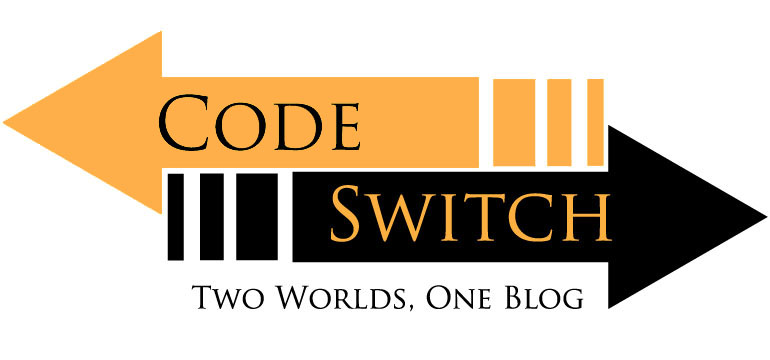Last article I presented the question “should enchantment spells be considered evil?” I presented Pathfinders Wheel of Morality (that dang alignment chart), presented Pathfinders definition of an enchantment spell, and wrote about what evil actually is. After examining all that I came up with a definition for evil which is as follows; “Evil is the intent to do harm that is disproportionate to the justice it offers its perpetrators.” In this part 2, I’m going to apply this definition and more to answer the question, should enchantment spells be considered evil?
Why Aren’t All Non-Harmful Spells Evil?
That’s a good question to ask. A fireball to an orphanage would definitely be considered an evil act, but the spell isn’t the perpetrator of the act, it’s just the tool. Evil seems to have a two-fold definition in the rules for Pathfinder; the alignment rule and the spell subtype rule. This is something aside from our ethnics based definition for evil.
What is Evil in Pathfinder?
There’s two answered based on the definition you’re looking for, alignment or spell sub-type.
The alignment definition is as follows; “Evil implies hurting, oppressing, and killing others. Some evil creatures simply have no compassion for others and kill without qualms if doing so is convenient. Others actively pursue evil, killing for sport or out of duty to some evil deity or master.” This is pretty close to our ethical definition of evil as harm that exceeds the justice that would come from perpetrating it. The Paizo alignment definition differs from ours in that it takes more care to define evil perpetrators as opposed to just evil actions.
The spell sub-type definition of evil is as follows; “Evil: Spells that draw upon evil powers or conjure creatures from evil-aligned planes or with the evil subtype should have the evil descriptor.” This definition comes from the new-ish Horror Adventures book, before this I can’t find any definition of the evil spell sub-type that wasn’t just a retelling of the evil alignment definition. This definition makes evil sub-type spells different from alignment in that it defines evil as a thing. In this definition evil isn’t harm, lack of compassion, or intent, evil is a stain the touches the effects of the spells with this sub-type.
Well, What Spells Are Evil?
I found a list of over 2,700 first-party spells in Pathfinder and there were roughly 125 with the evil descriptor. Some of these spells changed alignment based on how they were used (summons, align weapons, etc), but most of them were just evil. They included spells from every school of magic, except enchantment. Turns out there is one (1!) evil enchantment spell in Pathfinder. Surprising, right? In a school with such dubious spells as; Foster Hatred, Power Word – Kill, Life of Crime, and Unnatural Lust, there’s only one evil enchantment spell. That spell by the way is Dahak’s Release (Nethys forgot to add the evil descriptor).
So, Are Should Enchantment Spells Be Evil?
No. This is something I changed my view on as I did more research on this topic. Coming into it I was very gung-ho about there being inherent evil in taking away the agency of people in such a way. I was working under the idea that those spells, especially compulsion sub-school enchantment spells, did double evil-duty by causing negative consequences AND forcing victims to perpetrate them against their will. Yes, that sounds totally evil, but the evil there is on the side of the aggressor, not the spell.
This really has to do with how Pathfinder defines evil in regards to spells. Evil spells as per their descriptor have some contact with evil as a thing, and has nothing to do with how they work ethically. Just remember, you can still do evil with non-evil spells, so when your GM threatens your alignment for hurling magic missiles at a puppy, they’re within their right to do so.







Ah! I thought about it! I THOUGHT ABOUT IT!
*runs off to the nearest temple of Sarenrae for atonement*
Cool! Thanks for the thoughtful articles, James. Discussion like this is definitely worthwhile and interesting, especially to a guy like me who majored in religious studies and minored in philosophy in college. Haha!
Oh wow, that’s a lot of high level thinking about very complex topics. You’re more qualified to talk about this than I am!
Murderous Command is pretty dubiously evil, possibly moreso than Unnatural Lust. “Make the target attack their ally”? That being said, I agree with you that evil is more big picture than that. Dominating an Aspis and making them fight their former comrades gives them the additional will save and/or bonus on additional will saves already, if they really were all that loyal to their ally in the first place. And odds are the agent attacked you with intent to kill in the first place. And if you give him to the proper authorities afterward and heal him between fights? It’s not Lawful Good by any stretch of the imagination. But “not Good” does not suddenly mean “Evil”.
I thought about situations like that real hard in the first part of the article and made a “new” definition of evil as “harm exceeds the justice it delivers”. Putting people in jail is harmful, but (usually) we put people in jail with a sentence society (usually) believes is as harmful to the perpetrator as the perpetrator was to victim. (Usually). That’s where all these alignment discussions about Pathfinder get bogged down. There’s a lot of real world injection of “okay” evil and harmful response to harm, etc. In Pathfinder evil is a thing, its like a cancer or deformity.